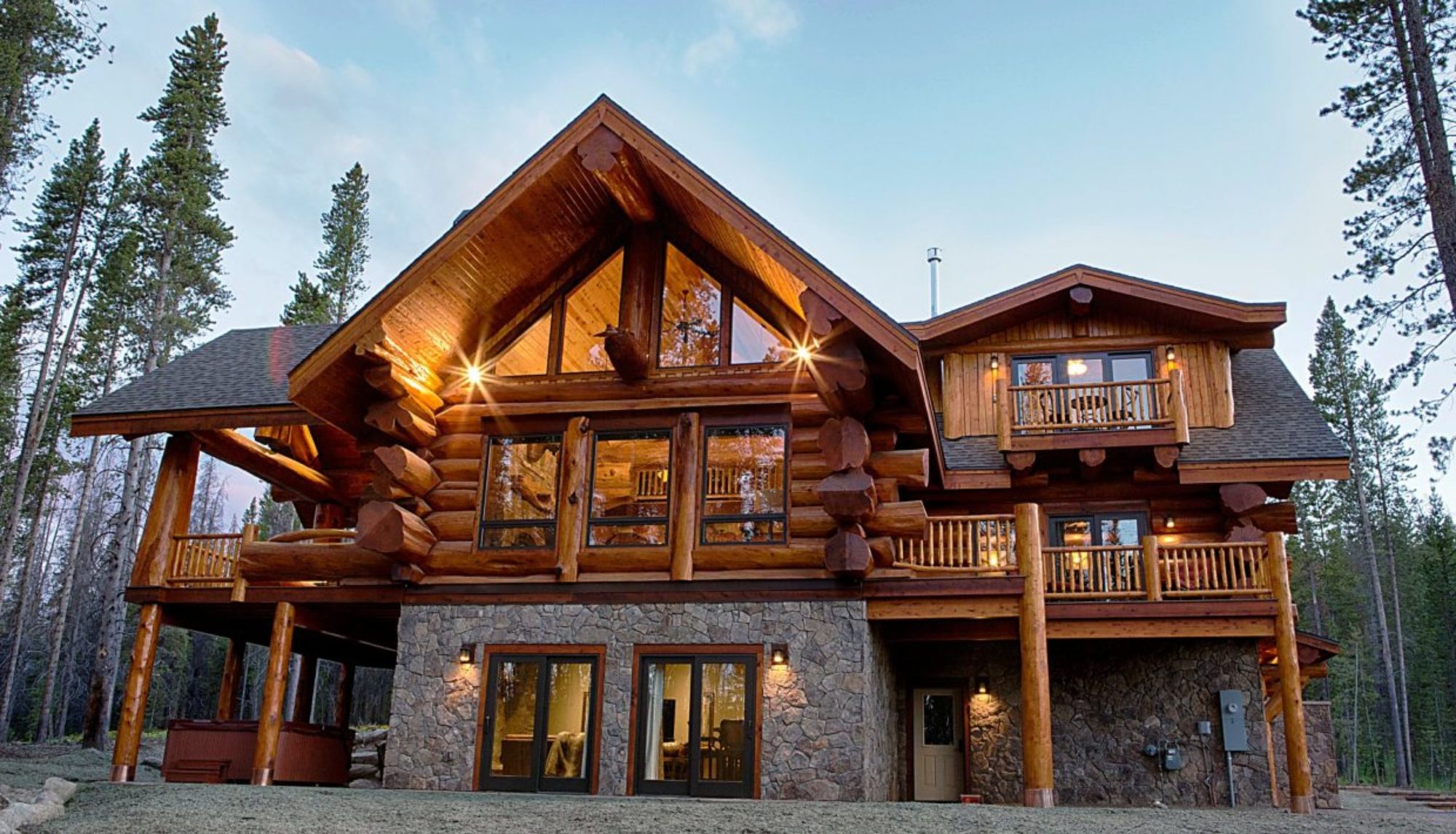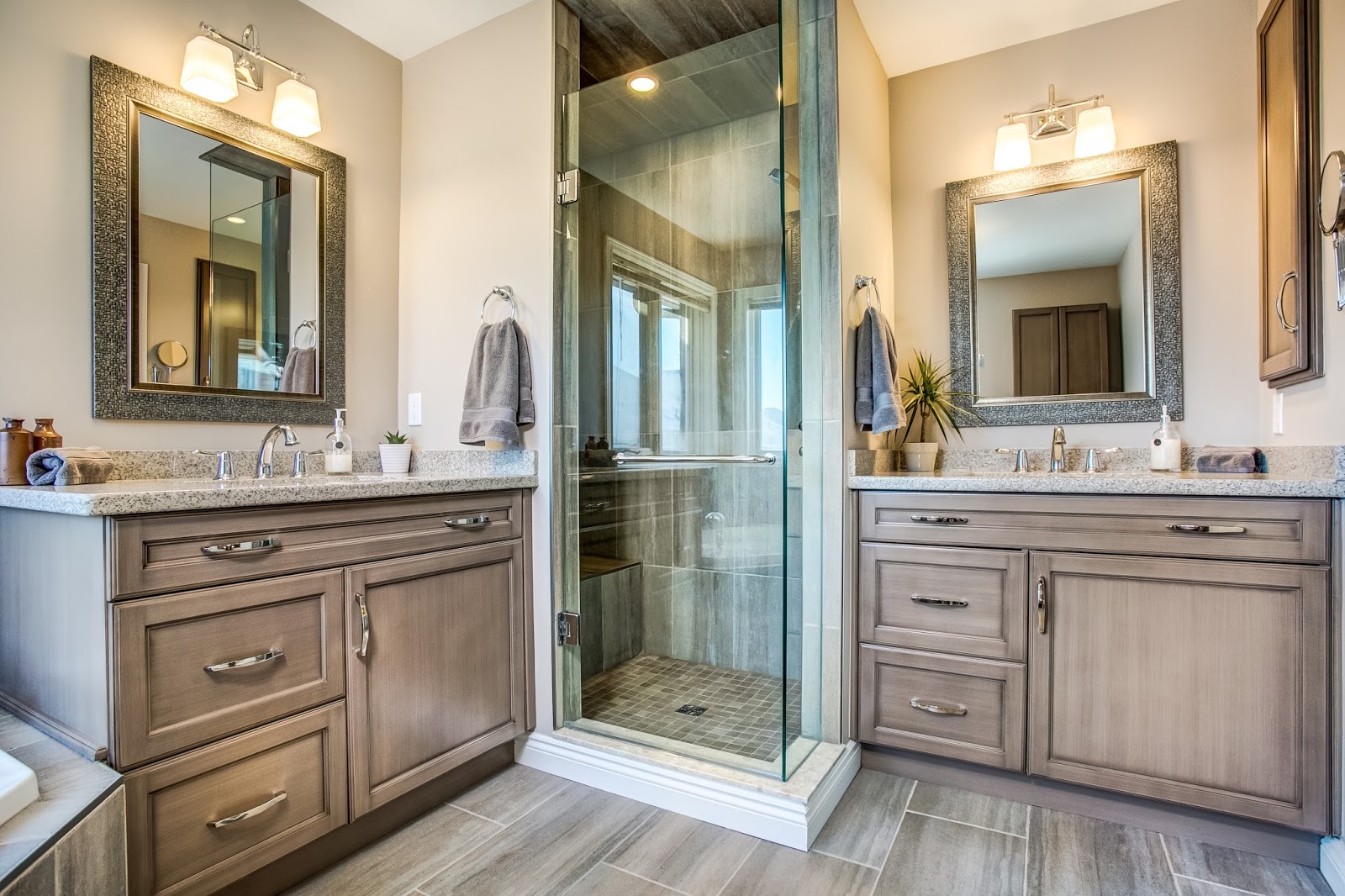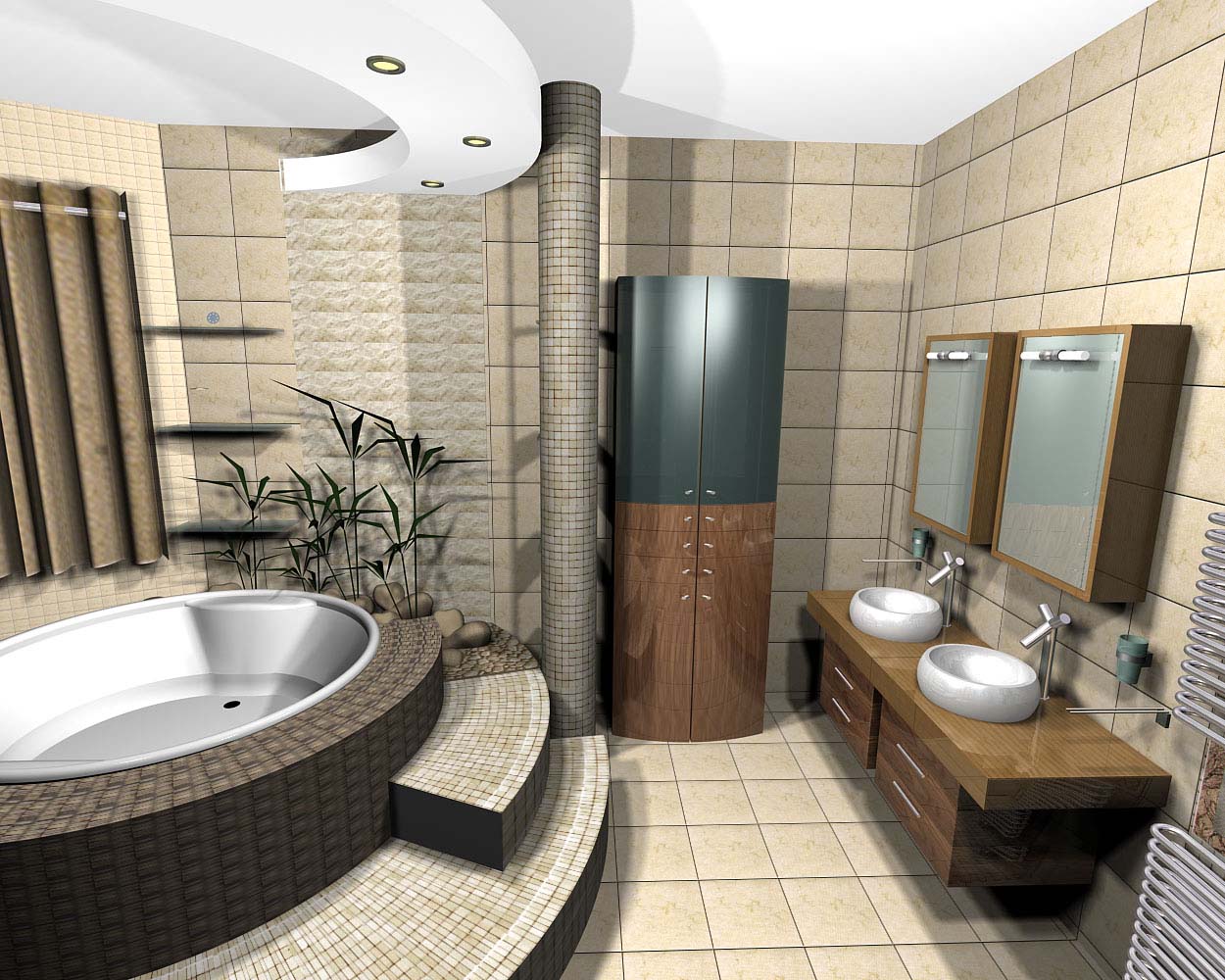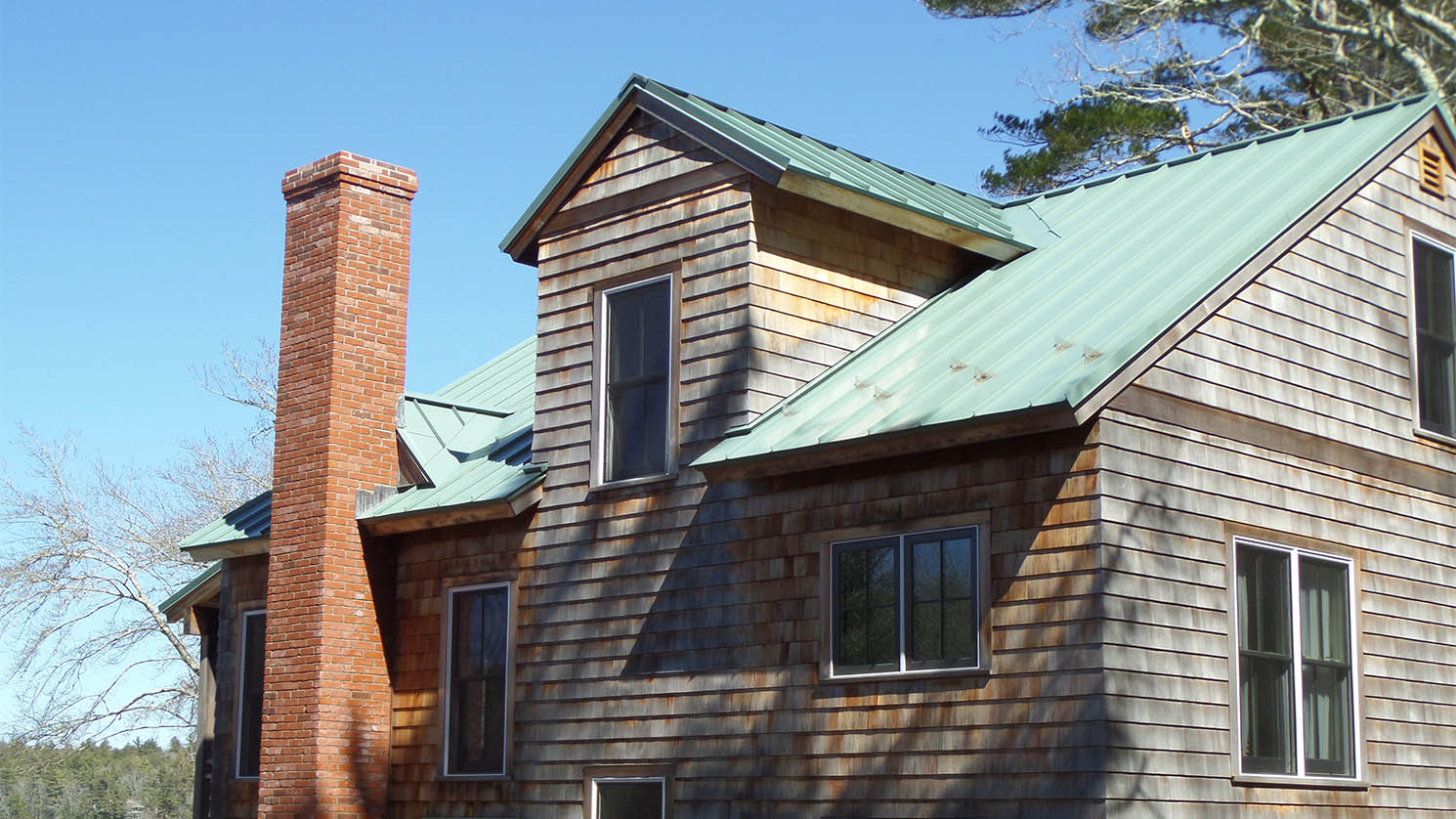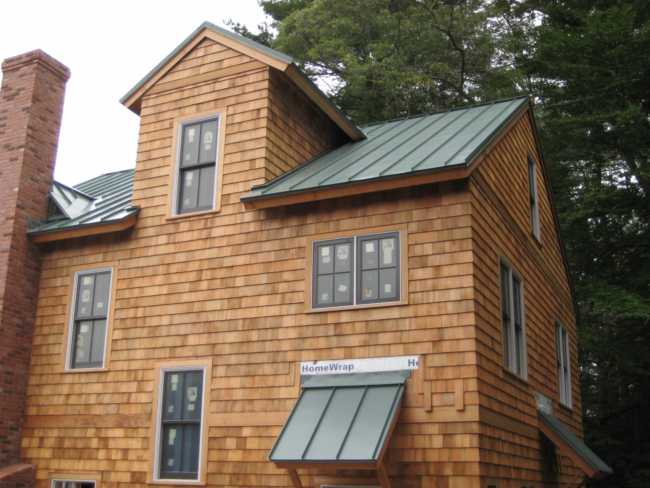PVC roofs have been installed in the US since 1970’s and have a long-proven track record of success. While somewhat more expensive than their direct competitors; EPDM Rubber and TPO, PVC single-ply membrane roofs from companies like IB and Sika Sarnafil, will typically enhanced better durability, longevity, repairability, and overall protection for low-sloped and flat roofs.
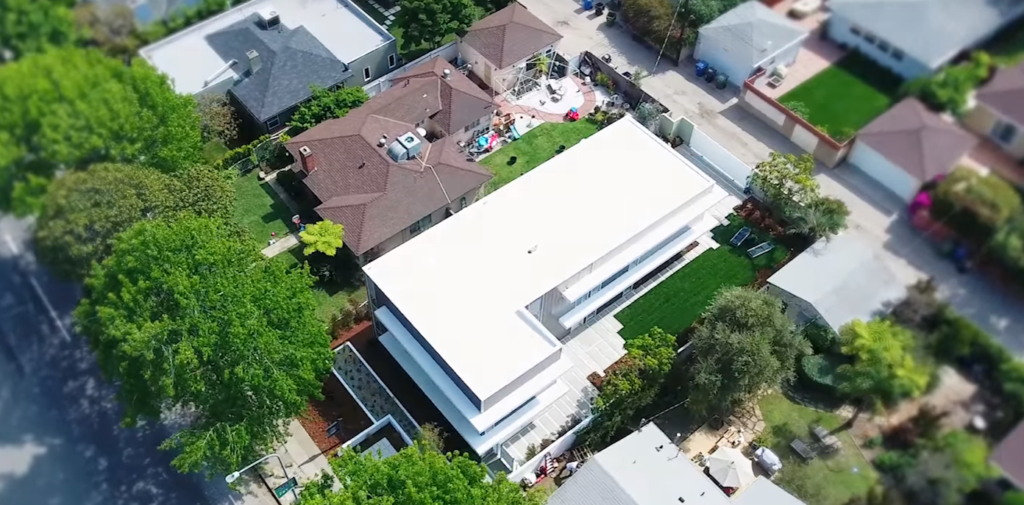
When it comes to cost-efficiency, durability, long service lifespan and environmental considerations in the single-ply roofing market, a PVC membrane is by far the most economical, longest-lasting, and eco-friendly option for flat and low-slope roofs on residential homes, condominiums, and commercial rooftops.
Learn more about what PVC roof is, as well as all the advantages you can enjoy by installing one to protect your home or business.
PVC Membrane Basics
In a nutshell, PVC, better known as vinyl, is one of the most common plastics in the world. The main reason why PVC is in such wide use is because it’s considerably cheaper and more durable than other plastics.
Essentially, PVC is made of two components: ethylene and chlorine. Ethylene is obtained via processing of either petroleum or natural gas, while chlorine is derived from salt.
During the manufacturing process, plasticizers, stabilizers, and pigments can be added to achieve flexibility, durability and various color options.
What Goes Into PVC Membrane?
A PVC roof is a single-ply membrane that is made up of two layers of PVC material with a polyester reinforcement scrim in between. The top ply is manufactured with special additives to make the membrane resistant to UV rays and to prevent curling.
Plasticizers are added for greater flexibility and different pigments are used to achieve various color options. The bottom ply of the roofing membrane is a black PVC with plasticizers for additional flexibility. Typically, no other additives or fillers are added to the bottom ply.
Both PVC and TPO membranes are hot-air welded, not glued. Did you know? Hot-air welding (fusion welding) of seams, creates a permanent physical bond between the two separate sheets of PVC membrane, thus allowing it to remain water-tight and pliable for decades after the initial installation! 😉
Continue reading “PVC vs. TPO vs. EPDM Rubber Roofing Cost: Single-Ply Membrane Roofs”
